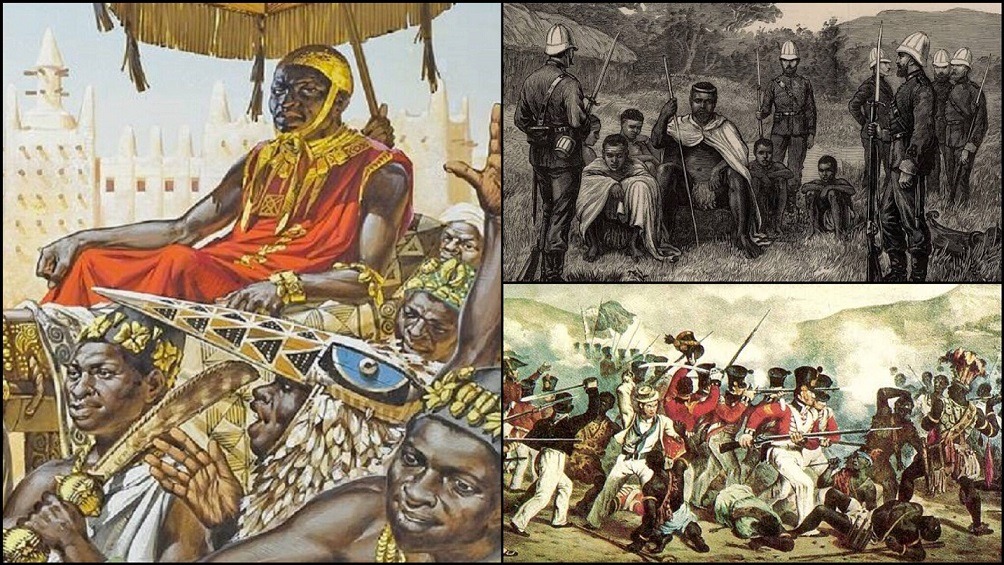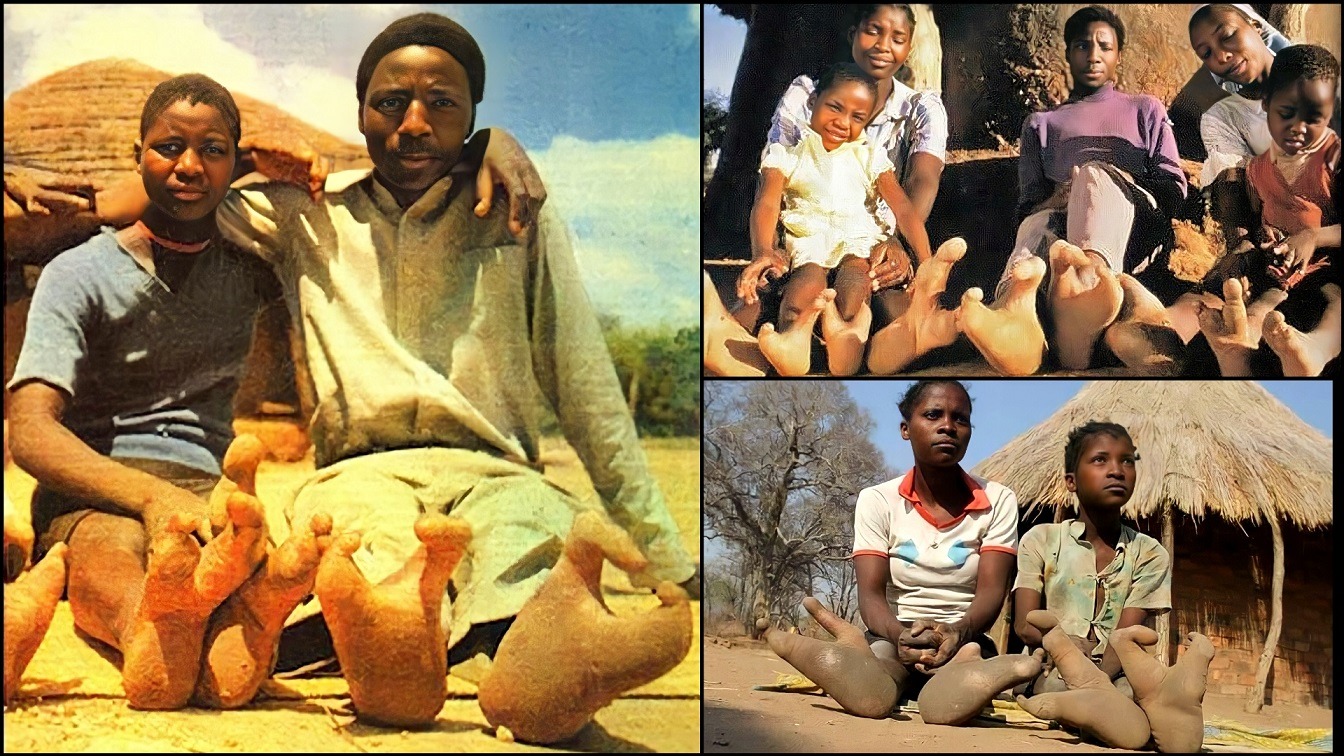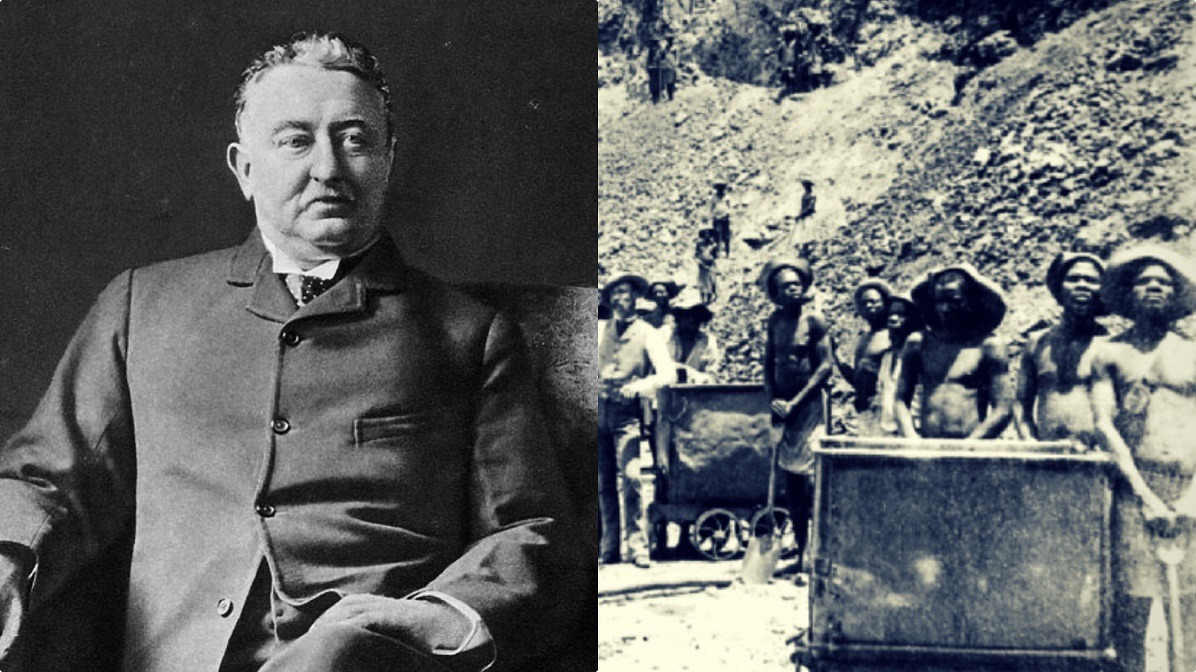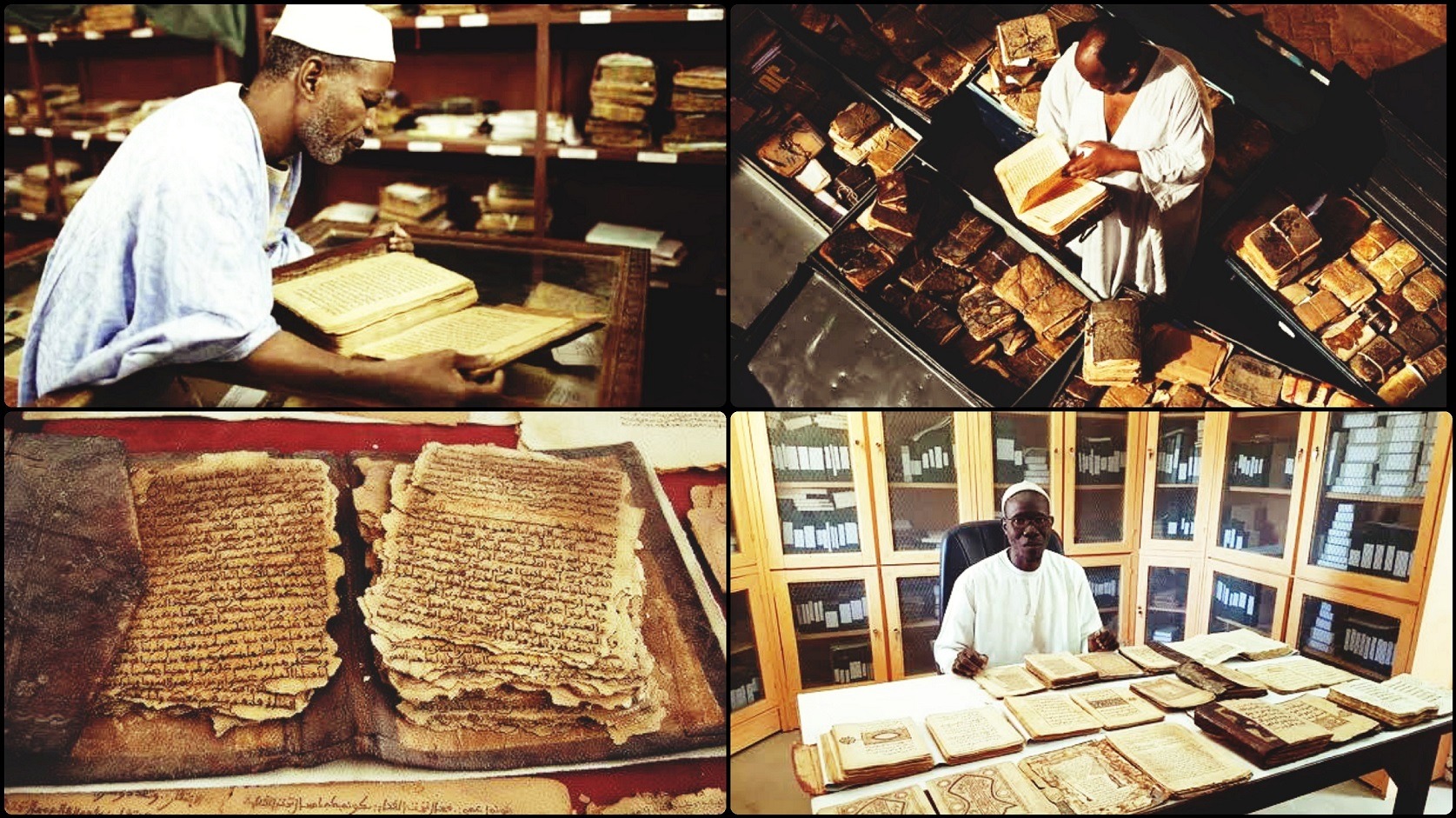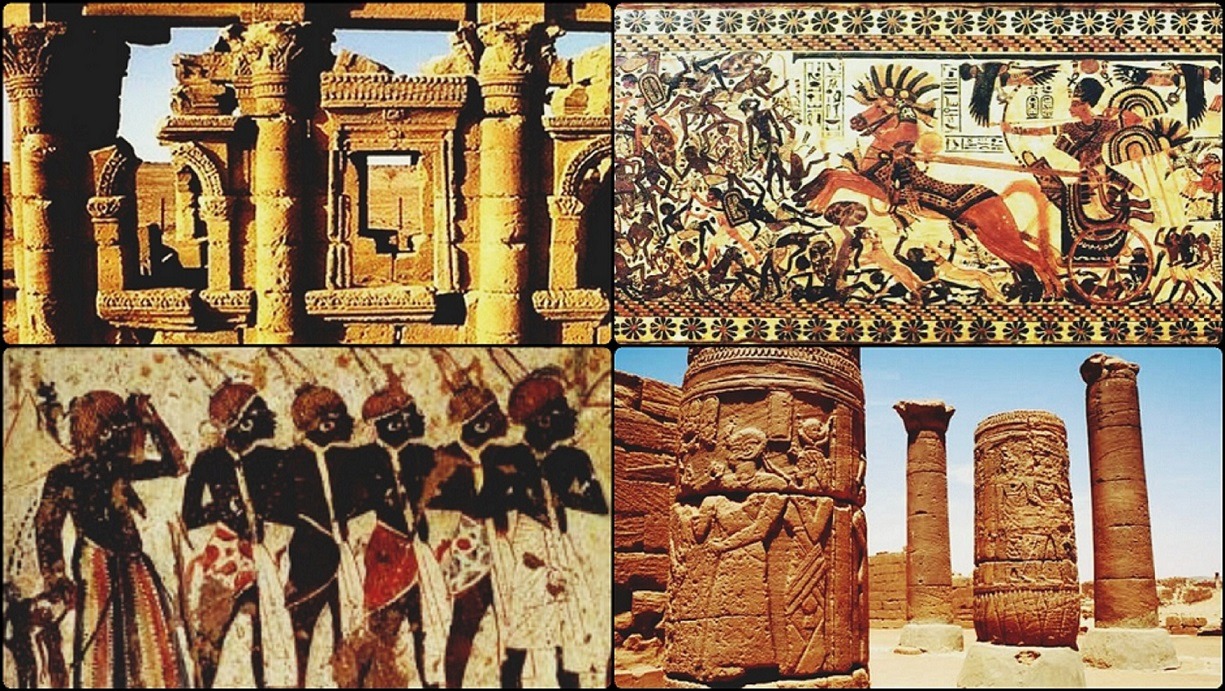After the Berlin conference of 1884-1885, various European nations set out to mount their flags all over Africa, murder the people, and then steal their resources to make Europe richer.
King Leopold II of Belgium, through his employed conquerors, set sail for Congo and declared it to be his territory while exerting physical threats to the indigenous people of the Congo (Kongo). He declared the people and the land to be his property, and he quickly turned the country into a moneymaking venture for himself and his throne.
Kongo was rich in numerous minerals but was richer in Ivory and rubber, at the time. He set up a system that was brutally harsh on the people – a system that killed and mutilated the indigenous peoples if they did not meet daily quotas.
The people of the Kongo were then enslaved in their land. Since slavery had been aborted and abolished, the Europeans found a way to steal from the Africans, and kill them in large numbers while at it.
The Exploration and Mapping Out of The Congo (Kongo)
After the Belin Conference, King Leopold II needed to explore and map out the Congo so as to determine its resources, people, and best routes for his planned exploitation.
He hired and sent a British explorer, named Henry Morton Stanley, to the Congo. Stanley’s job was to establish the Congo Free State. He chose Stanley because he had some form of experience with the people and the area since he was the European who mapped out the Congo River.
Although historians have tried to say that Stanley did not have any initial intentions of hurting the Congo people, we still don’t think that should exonerate him from his crimes against the people. His first crime was entering the Congo without the invitation of the indigenous people and then going ahead to map out their land without their permission.
The presence of him and his men angered the natives of Congo and this sparked off misunderstandings and later chaos.
Seven various indigenous peoples of the Kongo got together and confronted Stanley and his men. The people had witnessed Stanley writing in his journal, and to them, that was some form of witchcraft or a plot to undo them. They asked him to burn his book or he and his men would be killed. It was obvious that the natives didn’t want what was in his journal to get out of their land. And that was for good reason – the gods were wise.
Stanley continued his exploration and expedition and started to shoot at the people of the Kongo whenever they came close, or he saw them. By the time he had gotten to the end of his exploration, he had succeeded in burning down over 32 towns of the natives and killing many of them.
His men were out of control, and they committed all manner of atrocities on the people of the Kongo. They went about kidnapping and raping the women and flogging the men to death for any little misunderstandings.
This was how the Congo Free State was created – on the foundations of terror, murder, rape, and arson.
The Enslavement of The Entire Kongo Population
When Stanley sent his report to King Leopold, he reported temples filled with Ivory (elephant tusks), and also the presence of rubber all over the Congo. The resources were bountiful, and Leopold was determined to create wealth out of it.
King Leopold II took ownership of two-thirds of the Kongo land by force and forced the real owners of the land to work for him as slaves. A few accounts mentioned that the people were paid pennies for their labor, but it was soon stopped, and then they were forced to work for 20 days a month without pay.
The government and officials of King Leopold II stated that the harvesting of rubber was then a required tax that everyone who lived on the land would pay to the crown. This simply meant that Leopold stole a people’s lands and resources, and forced them to work as slaves on their own lands.
Because of the high expectation of wealth and profit from the rubber and ivory, the officials of King Leopold II made the quotas very huge and difficult to reach. It meant that the people would work for 20 days to meet their rubber quota, and then the remaining 10 days in a month were left to them to farm, and work to provide food for themselves and their families.
The Maiming and Killing of Congolese Who Didn’t Meet Their Quota
By the 1890s, Leopold II through his officials, increased the rubber quota of the then battered and suppressed Congolese. The rubber business was booming in Europe, and he had to meet the market demands. That meant more work hours for the indigenous people. The situation turned from bad to worse, as the penalty for not meeting your quota was the cutting off of your limb or death.
Leopold II had an army that was made up of about 19,000 troops. They were European mercenaries hired to protect his government and business interest and also act as a police force. They were called the Force Publique. The army also forcefully recruited Africans into their lower ranks. These Africans were press-ganged into service and were killed if they refused.
It was the Force Publique that enforced the quota of rubber tax to be collected by the people. Some of the officers who were made to enforce these rules were African, but a large amount of them were whites.
The European officials were so brutal and bent on their hate of the indigenous people, and target for the rubber, that they set up a law for the soldiers to cut off and deliver the hand of anyone of the Congolese people who was killed for not meeting their quota.
To punish the Congolese men whom, they had forced into service, they would make them submit a basket full of hands of their people or face execution. This was a way for turning the people against themselves – a trick that the Europeans have used all over the world and especially in Africa, to divide the people.
The Deadly Collection Of Rubber
After many years of collecting and tapping the rubber in the Congo, the source started to dwindle and become somewhat scarce. Collecting the rubber was then more difficult, as many of the people had to climb tall trees to reach the vines. Sometimes the people could slip from the trees and fall to their deaths.
The fear of losing your limb or being killed, forced the Congolese to sometimes cut off the vine, so they could tap more rubber sap. It worked but meant that those vines were then useless and could not be tapped again in the future. So, cutting off the vine was also a crime, punishable by death or severe beatings.
On one of the days, a commissioner caught one of the Congolese who cut off a vine. He wrote a note of recommendation in his journal about it and said “We must fight them until their absolute submission has been obtained… or their complete extermination.”
Some commissioners would not kill or cut off the limbs of people who did not meet their quota. They beat them so badly that some died, while the majority were injured beyond recognition.
The Congolese workers were given discs to wear around their necks, to keep count of their quota. Any of the Congolese who did not meet his quota would be flogged 25, and most times 100 lashes with whips made from hippopotamus hide. These whips had the power to peel off the skin once it gets in contact with them.
The Death of Millions Was Caused By Disease
Asides from the shooting and maiming of the indigenous people of Congo, one other factor that caused the death of millions was diseases. The health of the workers was not put into consideration by the Belgians, who fed them rotten meat, food, and most times starved them.
The environment was made unhealthy with all the human parts, and decimation of the natural environment. The rotten food made the men sick, and a plague broke out.
The men had to go into the deep jungle to harvest the rubber and they were bitten by Tsetse fly that spread untold sickness and deaths all over the Kongo and even into other African nations.
The sleeping sickness which often led to death wiped out over 500,000 people in Kongo alone. *Please note that this number is a conservative figure*
But this did not make the Belgians stop. They continued the exploitation and enslavement of the Congo people, for the economic gains their resources brought.
The Burning of Congolese Villages
The research and accounts of the many atrocities carried out against the Black man is one that would literally put any conscious African in tears. During the course of this research, we were forced many times to pause in anger and disbelief.
One of the painful accounts of the genocide of the Congolese was the burning of their villages. The commissioners and their officers often gave an entire village a certain quota to meet. When a village fails to meet its quota, the soldiers would surround the village, slaughter the people, and then burn the village to the ground.
Various accounts by victims and eyewitnesses said that these happened all the time, in quick succession. In the area where a Swedish missionary lived, he reported that 45 towns were burnt down within a short period of time.
What was more heartbreaking to hear was that many of these villages were burnt down for no good reason at all. Of course, what other reason will a killer and a thief need to kill people whom their scientists and religion had taught to be lesser animals or sub-humans?
In a particular village, the soldiers burnt it down, killed 50 of the men, and took 28 of the women as prisoners, with chains around their necks. This particular village had met its quota but its owners were still killed and burnt because the officers said that the rubber that was tapped by the villagers was not of good quality. I mean how do the villagers control the outcome of the rubber that comes out from the trees?
The Torture of Women and Children for Quota Fulfillment
The Belgian officials and their European mercenary troops made torture and amputations a necessary tool in forcing the people to be scared and work for free.
They were feeding off the fears of the Congolese people, through psychological terror. It was reported that the European soldiers would kidnap the women from the villages that didn’t meet their rubber quota, so as to force the men to meet their quota. Most of the women were kept as prisoners and slaves by the Europeans.
To make it worse, the men would have to buy back their wives with their live stocks after they had met their quota.
On a particular occasion, a soldier was asked to raid a town that had not met its quota. His commander gave him strict orders to decimate the town and make an example of them.
He gave an account saying that: “He ordered us to cut off the heads of the men and hang them on the village palisades, also their sexual members,” the soldier said, “and to hang the women and children on the palisade in the form of a cross.”
This was how wicked the Europeans were during their time in Kongo.
The Intervention by The International Community
The atrocities of King Leopold II and his army continued for over a decade till they reached a point where the missionaries had to write to the various governments and organizations of the world in protest.
The pieces of evidence presented by American missionary G.W. Williams, and by writers such as Mark Twain and Joseph Conrad, were instrumental in the prosecution of King Leopold II’s atrocities in the Congo.
Others who gave reports on the genocide were a British journalist called Edmund Dene Morel, a British Diplomat called Casement, and a missionary called William Shephard.
The reports and testimonies of these men and many others were published in international media, which gave much attention to the evil that was going on in the Congo. Many people around the world cried out against the atrocities and called for the respect of human rights.
The many pieces of evidence that were submitted in the reports were then confirmed in 1905 when an investigation was concluded. The commission that was in charge of the investigation published a damning report of the genocide that was going on in the Congo.
The reports of the commission together with the reports of the missionaries raised a lot of opposition from other governments and the Belgian people, against King Leopold II.
Diplomatic talks and pressure from many quarters would later make Leopold II renounce his rule over the Free State of the Congo, and subsequently hand it over to the Belgium government, and then Congo was named the Belgian Congo.
Conclusion
After the atrocities, he and his murderous army walked away without blemish, leaving the people of the Congo to suffer the effects of that Genocide for the next 100 years and more. Congo till today is still a property of the Europeans, and has been put in constant conflict by European powers who seek to steal its resources while keeping the people divided.
It would interest you to know that the entire carving up of Congo by Killer Leopold II did not first come in the form of Genocide. No. He went to Congo as a charity and humanitarian organization.
He came bearing gifts and promised to change the living standards of the Congo people for the better. And his charity organization was said to have received huge donations from around the world.
He impressed the people of the world with such smooth and compelling words and made them believe that donating to his course was the holiest and the noblest thing to do. In a speech, he said: “To open to civilization the only part of our globe which it has not yet penetrated, to pierce the darkness which hangs over entire peoples, is, I dare say, a crusade worthy of this century of progress.”
What the world didn’t know was that he was secretly seeking funds with which to pay large armies and build infrastructures that would facilitate and hasting the enslavement of the people of the Congo, and stealing of their human and natural resources.
Leopold II was heard behind closed doors telling one of his ambassadors that “I do not want to miss a good chance of getting us a slice of this magnificent African cake.”
This is the legacy of King Leopold II in Africa. And while he was tearing Congo apart, the British, French, German, Portuguese, Spanish, and others were busy slaughtering Africans and stealing their resources, in other parts of the continent.
Support Liberty Writers Africa
Our goal at Liberty Writers Africa is to teach our history, defend our people worldwide, and awaken the sleeping ones. Help us fund our research and hire competent editors. Click HERE To DONATE to Us.

